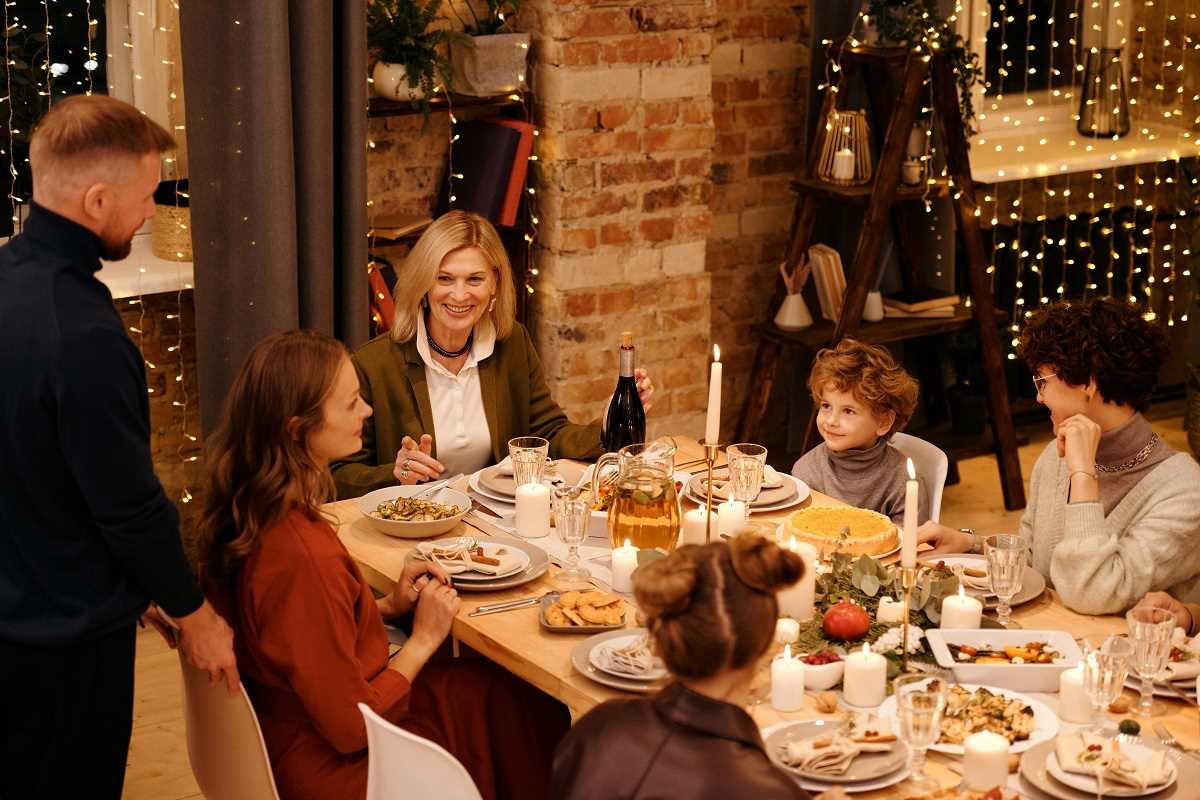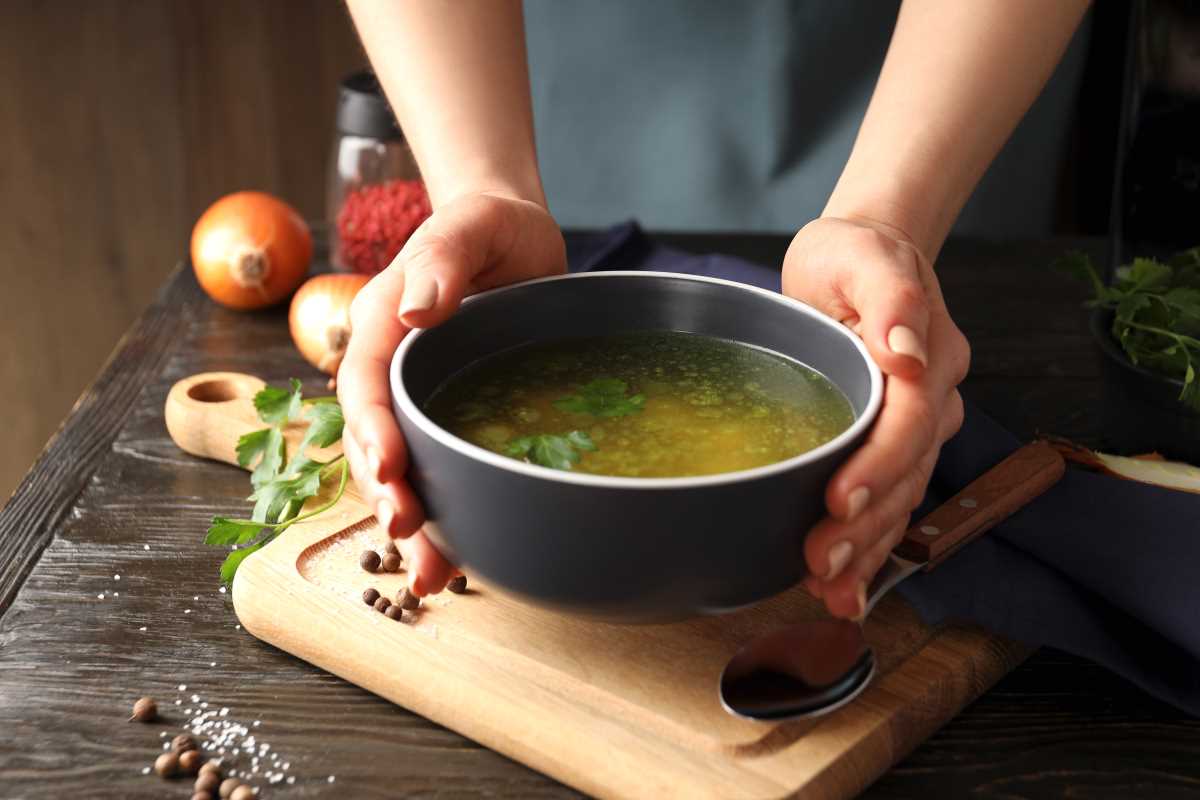Family dinners are a special time to pause, reconnect, and share your day with the people you care about most. Yet, with the hustle of daily life, it’s easy for conversations to become routine or surface-level. Asking thoughtful questions and using creative conversation starters can transform your dinners into opportunities for connection, understanding, and fun.
If you’re ready to spark deeper, more engaging discussions around the table, try these ten conversation starters. They’ll help bring everyone closer, one question at a time.
1. What Was the Best Part of Your Day?
This simple yet powerful question invites everyone to share a highlight from their day. It shifts the focus to positivity and allows family members to celebrate small wins together.
How to Use It:
- Go around the table, letting each person talk about their favorite moment.
- Encourage follow-up questions like, “What made it so special?” or “How did it make you feel?”
Tip: For young kids, ask them to include lots of details so they can practice storytelling skills.
2. What’s One New Thing You Learned Recently?
Learning doesn’t only happen in the classroom! This question encourages curiosity and creates a space for sharing interesting facts or skills.
How to Use It:
- Family members can share something from school, work, or even a random online discovery.
- Celebrate everyone’s contributions, no matter how small or quirky they are.
Example:
- “I learned that goats have accents when they bleat!”
- “I found out a shortcut on this new software that saved a lot of time!”
Tip: Turn it into a weekly tradition called “Teach Me Tuesdays” or another themed day to make it a fun ritual.
3. If You Could Swap Lives With Someone for a Week, Who Would It Be and Why?
This imaginative question sparks creativity and deeper self-reflection by focusing on dreams, ambitions, and interests.
How to Use It:
- Kids might pick a favorite celebrity, and adults might share more practical or humorous choices.
- Ask follow-up questions like, “What would be the first thing you’d do in their life?” or “What could you learn from their experiences?”
Example Responses:
- “I’d pick a marine biologist because I’d love to swim with dolphins.”
- “I’d trade places with a chef to learn all their cooking secrets.”
Tip: Write everyone’s picks down and revisit them in a year to see how they’ve changed!
4. What’s Your Favorite Family Tradition?
Reflecting on past traditions not only brings up happy memories but also strengthens your sense of togetherness and shared culture.
How to Use It:
- Start by sharing your own favorite memory or tradition, then invite others to chime in.
- Family members can talk about traditions they’d love to continue or create in the future.
Tip: Use this discussion as inspiration to come up with a new tradition to start as a family.
5. What Would You Do If You Could Spend the Day Completely Your Way?
This question opens the door to dreams and wishes, helping you learn about each person’s passions or how they’d unwind if given the chance.
How to Use It:
- Prompt everyone to be specific about their answers, whether it’s sipping hot chocolate in a treehouse or traveling to an exotic destination.
- Compare ideas to see if there’s overlap, so you can plan activities the whole family will enjoy.
Tip: You can even make a game of it by guessing which family member suggested which ideal day!
6. What’s One Thing You Appreciate About Someone at This Table?
Nothing fosters warmth and connection quite like a heartfelt compliment. Use this question to give every person a moment to shine.
How to Use It:
- Create a “compliment round” where each person mentions something they admire about someone else at the table.
- Focus on positive traits or actions that made a difference recently.
Example:
- “I appreciate how hard you worked on your school project—I know it wasn’t easy.”
- “Thank you for always making us laugh, even when the day has been tough!”
Tip: Rotate the focus each dinner until everyone has received a compliment from the entire family.
7. What Is a Goal You’re Working Towards Right Now?
Discussing goals helps everyone feel heard and supported, creating an environment where progress is celebrated and struggles feel shared.
How to Use It:
- Encourage each person to share their goal and what steps they’ve taken (or plan to take) to achieve it.
- Offer words of encouragement or practical advice as a family to support each other.
Tip: Consider creating a visual “goal board” the family can update together as milestones are reached.
8. What’s Your Favorite Thing to Do When You Have Free Time?
This is a fantastic way to learn more about each person’s individual interests and hobbies. It also gives insight into activities you can enjoy together as a family.
How to Use It:
- Go one step further by planning a family activity inspired by someone’s favorite pastime.
- For example, if your child loves puzzles, make puzzle-building a special weekly family time.
Tip: Rotate “activity leaders,” where one person picks the family fun for the week.
9. What’s Something That Made You Laugh Recently?
Laughter is the perfect icebreaker and mood lifter, making this lighthearted question one everyone can enjoy.
How to Use It:
- Share a funny story, joke, or a humorous moment that happened during the day.
- Even if not everyone has an immediate answer, the shared laughter will naturally lead to a relaxed, happy atmosphere.
Tip: For a recurring laugh, keep a “jar of jokes” on the dinner table. Everyone can pull one out to share!
10. What’s Something You Would Tell Younger You or Your Future Self?
This deeper, reflective question encourages family members to share wisdom and dreams while opening up about their evolution.
How to Use It:
- Keep it light or philosophical based on age-appropriateness. Kids might say, “I’d tell younger me not to be scared of swimming,” while adults might share life lessons.
- Explore follow-ups like, “What advice would future-you give present-you?”
Tip: Record their responses in a journal to revisit in the years ahead!
Tips for Creating a Warm and Open Atmosphere
- Minimize Distractions: Turn off TVs and keep phones away during dinner to prioritize face-to-face conversation.
- Be a Great Listener: Make everyone feel valued by truly listening and asking follow-up questions.
- Set a Positive Tone: Open with gratitude or a lighthearted story to create a welcoming energy.
- Rotate Leadership: Have family members take turns choosing prompts or leading the discussion.
 (Image via
(Image via





